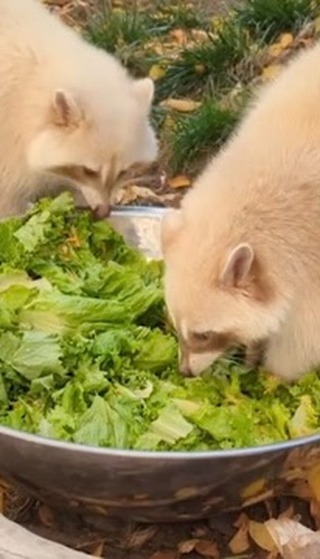Feeding the Animals at the Zoo: A Guide to Nutrition
When it comes to feeding animals, zoos take nutrition very seriously. Every animal has different dietary needs and preferences, and zookeepers need to understand what their charges need to stay healthy. This article will explore the basics of zoo nutrition and how zookeepers ensure their animals get the food they need.
What Do Zoos Feed Their Animals?
Zookeepers feed their animals a variety of foods depending on the species. For example, herbivores like giraffes are typically fed hay, while carnivores like lions are given raw meat. Some animals may also be given fruits and vegetables as part of their diet. Additionally, many zoos provide enrichment items such as puzzle feeders or scented objects to stimulate natural behaviors in their animals.
How Do Zookeepers Ensure Proper Nutrition?
Zookeepers must carefully monitor their animals’ diets to ensure they get all the necessary nutrients. They consult with veterinarians and nutritionists to determine what types of food should be provided and how much should be given each day. They also keep detailed records of each animal’s eating habits so that any changes can be monitored closely.
What Are Some Challenges Faced by Zookeepers?
Feeding zoo animals can be a challenging task due to a variety of factors. For one thing, some species may have specific dietary requirements that can be difficult to meet in captivity. Additionally, some animals may not eat certain foods or refuse certain types altogether. Finally, providing enough food for large groups of animals can be expensive and time-consuming for zookeepers.
Conclusion
Feeding zoo animals is an important job that requires careful planning and monitoring to ensure proper nutrition for all species housed at a facility. With proper attention and care, zookeepers can ensure that all their animals receive the nourishment they need to stay healthy and happy! Zookeepers must work closely with veterinarians and nutritionists to provide the best possible care for their charges while also considering any special dietary needs or preferences of individual species.


